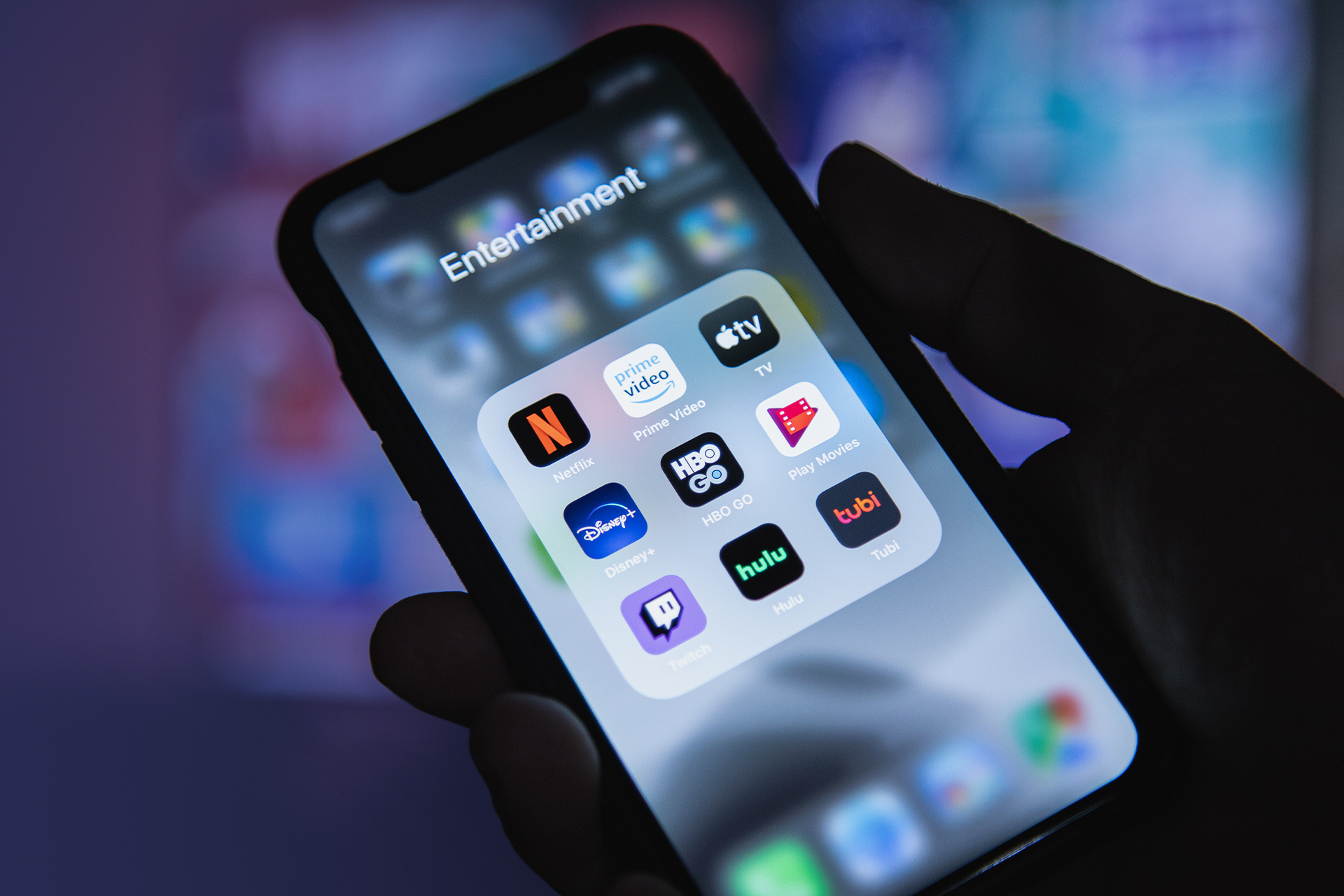Tube Rank: Your Guide to Video Success
Discover tips and insights for optimizing your video presence.
Streaming Wars: The Latest Battles for Your Screen Time
Dive into the Streaming Wars and discover which platforms are winning the battle for your binge-watching time! Don't miss out on the drama!
Exploring the Streaming Wars: Which Platforms Are Winning?
The streaming wars have intensified over the past few years, with various platforms vying for viewer attention and subscription dollars. Major players like Netflix, Amazon Prime Video, Disney+, and HBO Max are constantly evolving their content offerings to secure their standing in this competitive landscape. As of 2023, Netflix maintains its position as a frontrunner, with an extensive library of original programming that includes critically acclaimed series and films. However, platforms like Disney+ are rapidly gaining ground by leveraging their expansive catalog of beloved franchises and family-friendly content, such as Marvel and Star Wars. The question remains: which platforms are truly winning in this heated battle for dominance?
Recent trends suggest that Disney+ is closing in on Netflix, particularly due to the platform's strategic release schedule and exclusive content. According to industry reports, over 30% of households in the U.S. now subscribe to Disney+, showcasing its impressive growth since launching. Meanwhile, HBO Max continues to enhance its appeal with high-quality productions and the addition of popular titles from Warner Bros. Additionally, platforms like Apple TV+ have begun to carve out their niches, illustrating that while Netflix may still reign supreme for now, the streaming landscape is more competitive than ever, with new contenders emerging to challenge the status quo.

The Rise of Exclusive Content: How Streaming Services Are Battling for Your Attention
The landscape of entertainment has dramatically shifted with the rise of streaming services, transforming how we consume media. Exclusive content has become the battleground for these platforms, as they vie for viewer attention in an increasingly crowded marketplace. With original series, films, and even documentaries, providers like Netflix, Disney+, and Amazon Prime Video are not just competing for subscriptions, but they are redefining what it means to be entertained. This strategy not only attracts new subscribers but also keeps existing ones engaged by offering unique viewing experiences that cannot be found elsewhere.
As consumers grow more discerning about their entertainment choices, the demand for high-quality, exclusive content has soared. Features such as binge-worthy original series and blockbuster film releases that stream directly into homes are now standard expectations. Additionally, platforms are leveraging data analytics to personalize recommendations, ensuring that viewers are consistently met with options tailored to their preferences. This shift highlights how exclusive offerings are not merely a trend, but a fundamental aspect of a service's value proposition in retaining audience loyalty and standing out in the digital age.
What Are the Pros and Cons of Subscribing to Multiple Streaming Services?
Subscribing to multiple streaming services can offer a wealth of entertainment options, allowing users to access a diverse range of content. One of the biggest pros is the variety it brings; platforms like Netflix, Hulu, Amazon Prime Video, and Disney+ each have unique libraries. By subscribing to multiple services, you can enjoy everything from original series and films to blockbuster hits and classic shows. Additionally, many streaming services frequently update their catalogs, ensuring there's always something new to watch.
However, there are also cons associated with multiple subscriptions. The most obvious drawback is the cost—paying for several services can quickly add up, potentially surpassing the monthly price of traditional cable. Furthermore, managing numerous subscriptions may lead to subscription fatigue, where users feel overwhelmed by too many choices and may end up not utilizing all the services they're paying for. It’s crucial to weigh these factors before expanding your streaming options.